Groggy-eyed and stuffy-nosed I set my alarm for 6:00 as I sank into the spongy mattress that I called my bed, the sweat of eight teenage sailing instructors permeating the humid air. It was my first year as a counselor at Vitsgarn Seglarskola in the Stockholm archipelago yet I was determined to wake up early every morning and run. At 6:00, 6:05, and 6:10 I slapped at the snooze button, refusing to believe six hours of sleep had passed. At 6:15, I pried my eyes open and slipped into my running clothes, but I didn’t make it further than the porch. I wavered there, squinting at the Swedish sunlight in my worn running shoes weighing my options. I could either sleep, or I could run, but I couldn’t do both. Runners run and I hadn’t run for days. Instead I had chosen to focus on being the best sailing counselor I could be. As I lingered, I became frustrated, disgruntled at my feeling of inadequacy. Why couldn’t I do both?
I frequently feel as though I have to exhibit all aspects of my identity at all times. If I can only present pieces of my puzzling self at a time does that make me fractured, or worse, a fraud? During a track and field team photo, as we discussed how few black people were on the squad, other than me, a teammate of mine exclaimed, “Sawyer’s not black! He doesn’t look or act black.” I was flabbergasted. When not only strangers, but people I consider to be friends deny me the right to define my own background, ethnicity, and race, it becomes difficult for me to formulate the sentences that will allow them to comprehend what it means to be biracial and bicultural. I waver between a sense of duty to educate people and resentment at having to do so. When I cannot muster the energy to explain, I fault myself afterwards for not defending my multifarious identity; for leaving a part of myself, and, by extension, my family, in the dust.
Abruptly, I snapped back to the brisk morning, my eyes glued to my stationary feet. My runner’s instinct urged my legs to move and fall into the smooth, rhythmic cadence that was second nature to me, but my exhausted sailor’s conscience begged my body to rest for the long workday ahead. Begrudgingly, I stumbled back to bed, barely making it to my top bunk before falling back asleep. When I awoke, less than an hour later, not only did I feel just as tired, but guilt overcame me when I realized that for the next four weeks I would possibly not run a single mile. Was I really the committed runner I thought I was? Throughout my previous three summers as a camper at Vitsgarn I had yearned and plotted to become a counselor. Finally, I was. But for the past three years of high school, I had also vowed to become the best distance runner in the city. It felt like my summer wouldn’t give me enough time to dedicate myself to both.
Walt Whitman once stated, “I contain multitudes.” For me, this couldn’t be more true. I am both a runner and a sailor, both African-American and white, and both Swedish and American. Whether someone else acknowledges and understands my bicultural and biracial background or not, they are still an undeniable fact. How and whether I respond when my identity or commitment are questioned by others, or by myself, is something that I may continue to struggle with. My hope for the future is to be able to strike a balance between my passions, nationalities, and cultures, recognizing it won’t always be easy. Because, in reality, I am a one thousand-piece puzzle, each piece essential in forming the complete, unique image that is my complex, diverse identity.





